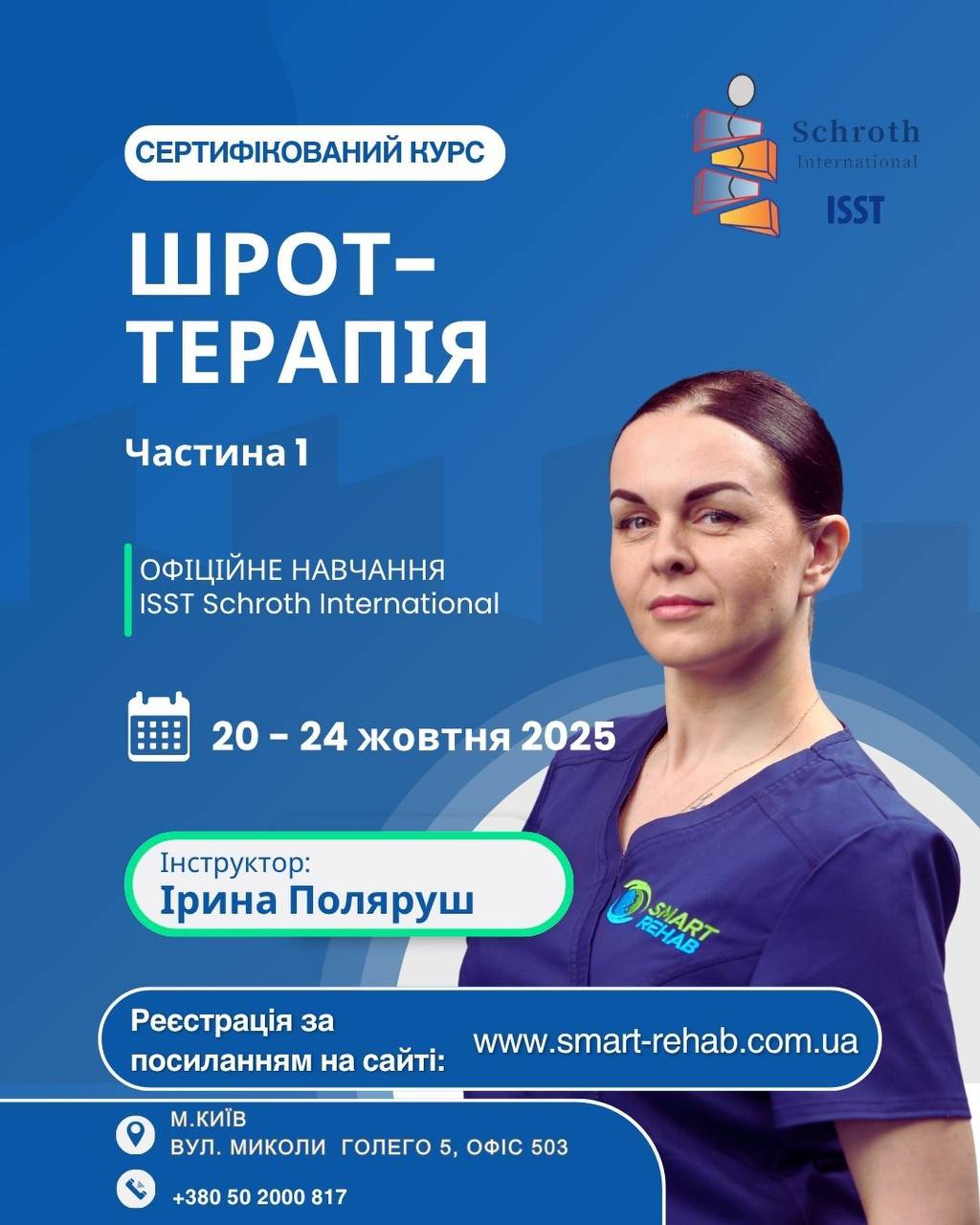Students should familiarize themselves with the SOSORT 2016 guidelines for the treatment of scoliosis. The scientific journal Scoliosis and Spinal Disorders is an open source of information:
→ [
www.scoliosisjournal.com]
Familiarization with the SOSORT 2011 recommendations will contribute to the understanding of various options for conservative treatment of scoliosis - from routine observation, active physiotherapy, partial or complete use of corsets to surgical intervention.
Working with the scientific materials of the journal Scoliosis and Spinal Disorders will allow participants to obtain up-to-date and extended information in the field of scoliosis research.



.png)






